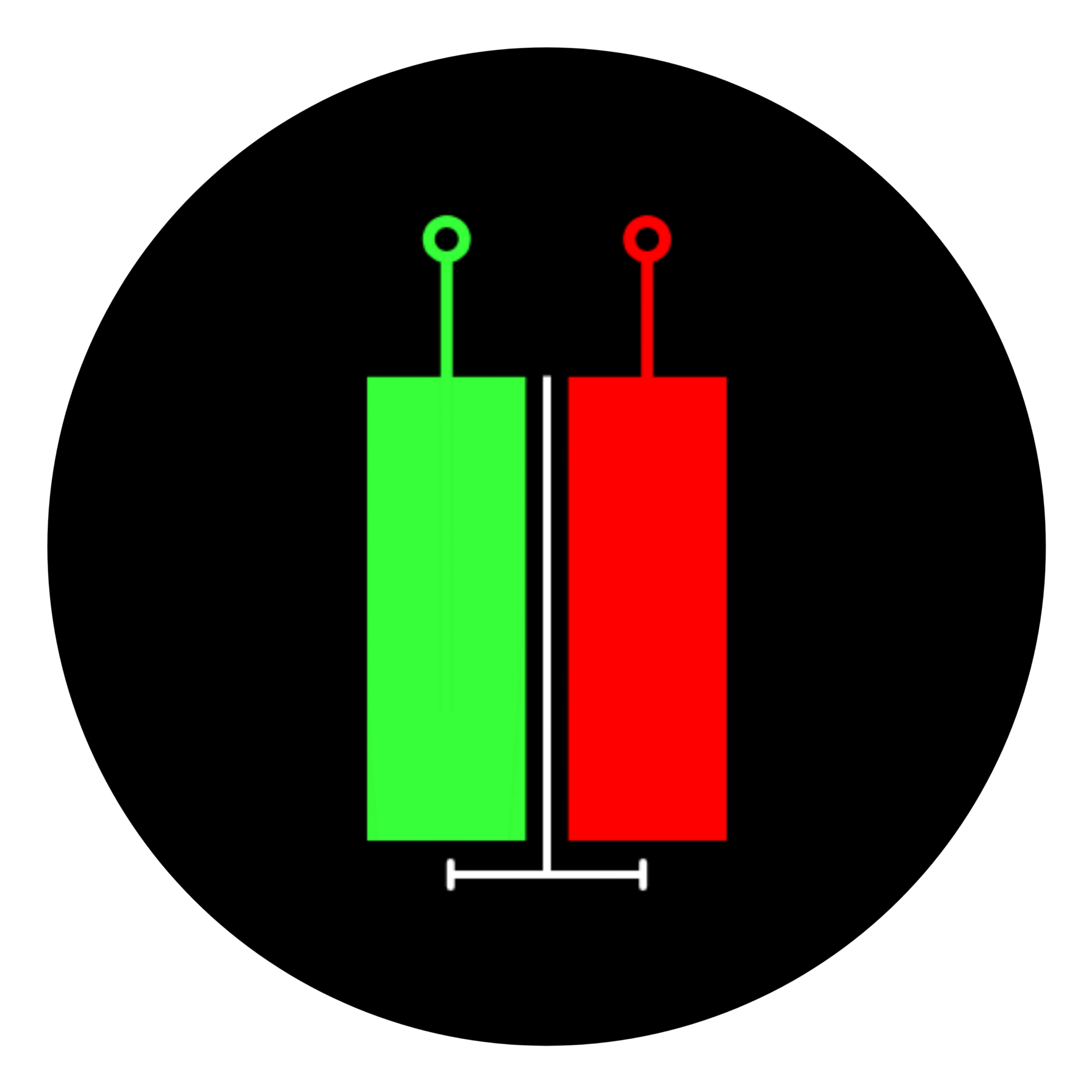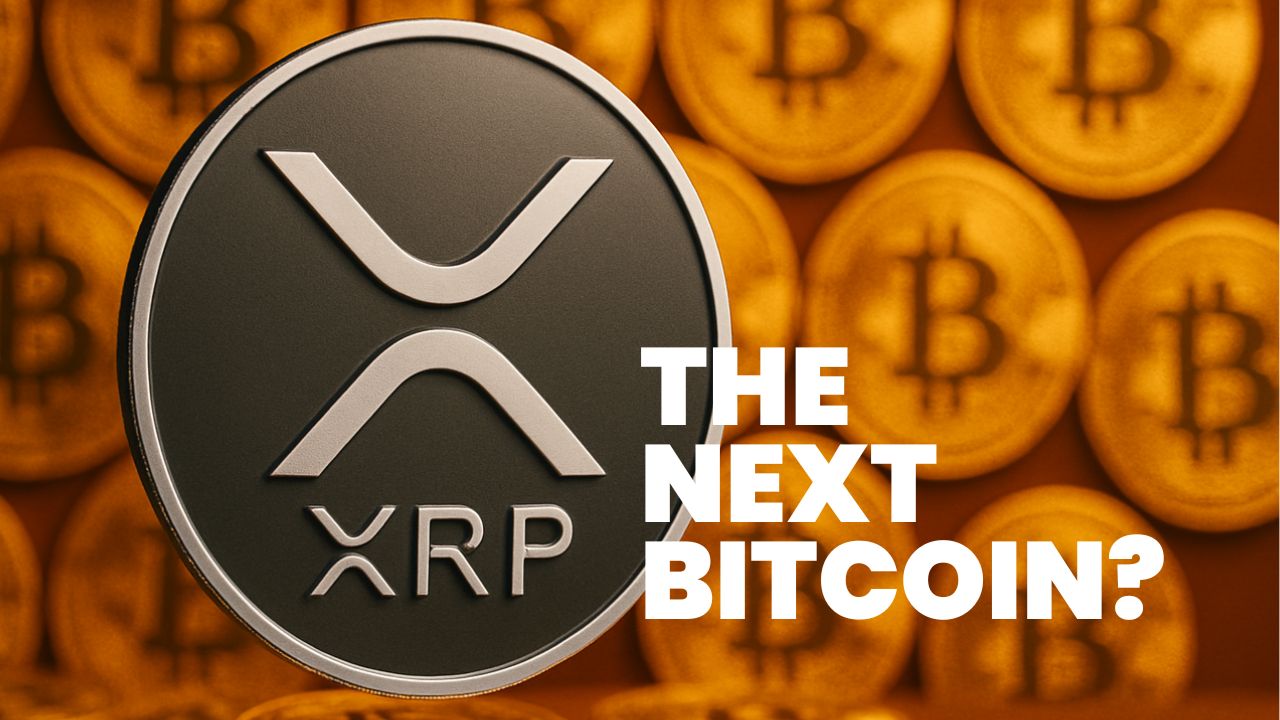Bitcoin and XRP are two of the biggest names in the world of cryptocurrency.
Bitcoin is often called “digital gold” because people buy it to hold and protect their money.
XRP is designed to move money quickly and cheaply across borders.
Both have their advantages and disadvantages.
But will XRP ever be able to match or overtake Bitcoin? In this article, we will explore what it would take for XRP to become the next Bitcoin.
Table of Contents
Understanding Bitcoin’s Rise
- Bitcoin was created in 2009 by a person or group known as Satoshi Nakamoto. It introduced a new way to send and store money without needing any banks or governments.
- In 2010, someone used 10,000 Bitcoins to buy two pizzas. This was the first real-world Bitcoin transaction and proved that Bitcoin could be used like regular money.
- By the year 2013, Bitcoin’s price crossed $1,000 for the first time as more people began to understand and invest in it.
- In 2017, the price of Bitcoin went up to almost $20,000. This happened because many new people started buying it and the media gave it a lot of attention.
- Between 2020 and 2021, big companies like Tesla bought large amounts of Bitcoin. This made the price go over $60,000 and gave Bitcoin more respect as a valuable digital asset.
- In 2024, Bitcoin reached a price of $100,000. This showed that people now see it as a very strong and trustworthy store of value because of its limited supply and high security.
The Story of XRP
- Ripple Labs launched XRP in 2012 with the goal of helping banks and companies move money across countries quickly and cheaply.
- Over the next few years, Ripple made deals with many banks. This allowed XRP to be used in real money transfers and increased its practical value.
- In the 2018 crypto boom, XRP’s price jumped to about $3.84. This showed that many people were interested in using XRP for real financial tasks.
- In 2020, the U.S. Securities and Exchange Commission (SEC) sued Ripple. They claimed XRP was a type of investment that was not registered properly. This caused its price to swing up and down a lot.
- In 2023, Ripple got a partial win in court. This gave XRP some legal clarity and helped bring back investor trust.
- By January 2025, XRP reached a market value of $195 billion. This was its highest ever, but it was still far smaller than Bitcoin.
Also Read – The Very First Post You Should Read to Learn Cryptocurrency
Big Hurdles for XRP to Match Bitcoin
- XRP would need to be worth around ten times more than its best market value of $195 billion to reach Bitcoin’s market cap of $1.743 trillion. This means the price of one XRP would need to rise to about $35.
- People mostly see XRP as a payment tool right now. To grow like Bitcoin, XRP must expand into other areas like decentralized finance (DeFi) and asset tokenization.
- XRP needs full approval from governments and regulators around the world. Legal problems have kept big financial firms from investing in it.
- Ripple, the company behind XRP, holds a large share of the tokens. To gain more trust, XRP needs to become more decentralized and spread out its control.
- The XRP community must grow larger. Developers, new projects, and regular users need to get more involved in building on the XRP Ledger.
- Global events like high inflation or demand for fast and cheap money transfers could help XRP become more valuable if it meets those needs.
Why Hitting $100,000 per XRP Is Unrealistic?
If XRP ever reached a price of $100,000 per coin with 58.6 billion coins in circulation, the total value of all XRP would be $5.86 quadrillion. This is more than the value of all the stock markets in the world combined. A more realistic goal for XRP would be to reach Bitcoin’s current market value of around $2 trillion. For that to happen, one XRP would need to be worth about $34.
The Different Goals of Cryptocurrencies
- Bitcoin and Litecoin are mainly built to act like digital gold. People use them to store value safely over time.
- XRP, Stellar, and Bitcoin Cash are made to allow fast and low-cost money transfers.
- Ethereum and Cardano are platforms that let people build apps and smart contracts that don’t need any middlemen.
- Monero and Zcash are focused on privacy. They let people send money in a way that hides their identity and transaction details.
Conclusion
XRP has many strengths like fast transactions, low fees, and partnerships with banks. But Bitcoin has a longer history, strong security, and a much larger community. For XRP to become the next Bitcoin, it must grow a lot in market value, offer more services, gain full legal approval, reduce Ripple’s control, and build a larger network of users and developers. Even if it never becomes bigger than Bitcoin, XRP can still play an important role in the future of digital money.
Also Read – Bitcoin Has a Limit, the Dollar Doesn’t — Why This Difference Matters for the Future of Money?

